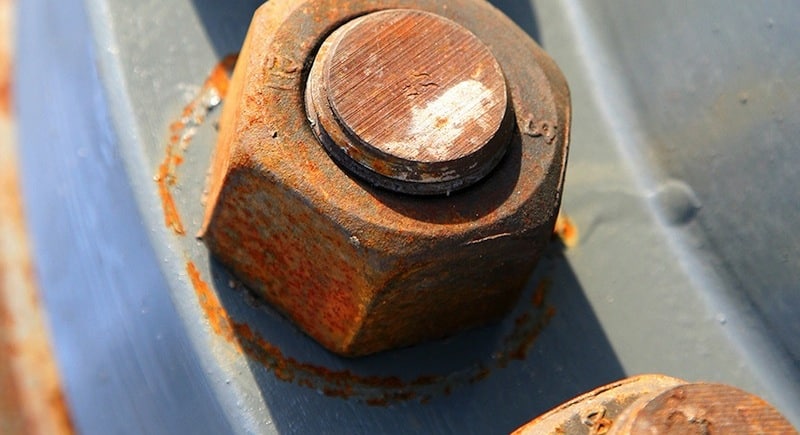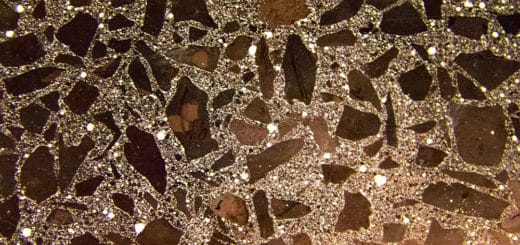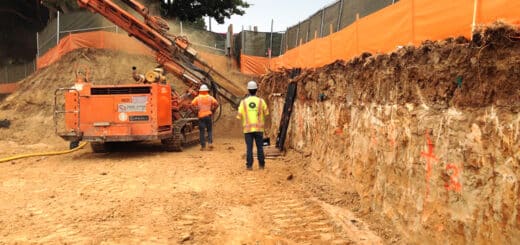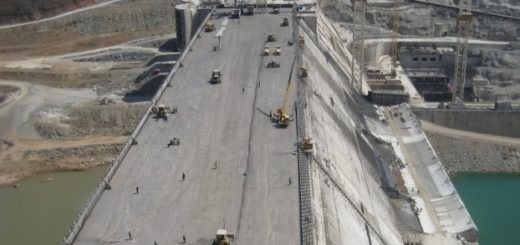What is Galvanic Corrosion | Occurrence and Prevention
Galvanic corrosion is a special form of corrosion that occurs when two metals with different electrochemical potentials come into contact. As a civil engineer, it is important to understand and be aware of the effects of galvanic corrosion and how to prevent it. This blog article aims to provide an overview of galvanic corrosion and the different strategies and processes civil engineers should use to mitigate its impact.
Galvanic corrosion is caused when two different metals are in contact with one another. When this happens, the electrolyte can cause a reaction between the two metals that causes them to corrode.
This is most commonly seen in metal fittings attached to metal piping (for example, steel pipe connectors or elbows on galvanized steel pipe) or at dissimilar metal junctions. What makes galvanic corrosion so dangerous is the fact that it can happen without warning and is virtually undetectable until after it has destroyed your system.
Galvanic corrosion damages alloys of dissimilar metals. This can be a problem for the electronics and automobile industries, amongst others. Galvanic corrosion occurs when two different metals are in close contact with each other. If one of the metals is more noble than the other, it will corrode while its less noble companion will be affected little or not at all.
One of the effects of galvanic corrosion is that it can cause two metals to bond together. This is because, when two metals come into contact, the metal with the more positive electrochemical potential will start to corrode. This process creates an electrical current between the two metals that can cause them to bond together.
In some cases, this bonding can be beneficial, such as when two pieces of metal need to be joined together. However, in other cases, this bonding can be detrimental, such as when it causes two pieces of metal to corrode faster than they would on their own.
Galvanic corrosion is a special form of corrosion that can have a variety of impacts on metal structures. As a civil engineer, it is important to understand the different ways to prevent or mitigate the effects of galvanic corrosion.
One of the most common effects of galvanic corrosion is that it can cause metals to bond together. This is because, when two metals come into contact, the metal with the more positive electrochemical potential will start to corrode. This process creates an electrical current between the two metals that can cause them to bond together. In some cases, this bonding can be beneficial, such as when two pieces of metal need to be joined together. However, in other cases, this bonding can be detrimental, such as when it causes two pieces of metal to corrode faster than they would on their own.
How to prevent galvanic corrosion
The following preventive methods can be adopted.
- One way is to use a process called cathodic protection. This process involves using an electrical current to reverse the corrosion process.
- Another way to prevent galvanic corrosion is to use a process called sacrificial anodes. This process involves using a metal with a more positive electrochemical potential than the metal of the structure you’re trying to protect. The sacrificial anode will corrode in place of the metal of the structure, thereby protecting it from corrosion.
- A good rule of thumb with metal systems is that all metal parts should be made from the same material.
- If you must use dissimilar metals in close proximity, always make sure there are protective coatings between them.
- Use of installations between metals
- Use of spacers
You may also refer to the article on formation or rust by the article what causes rust.




